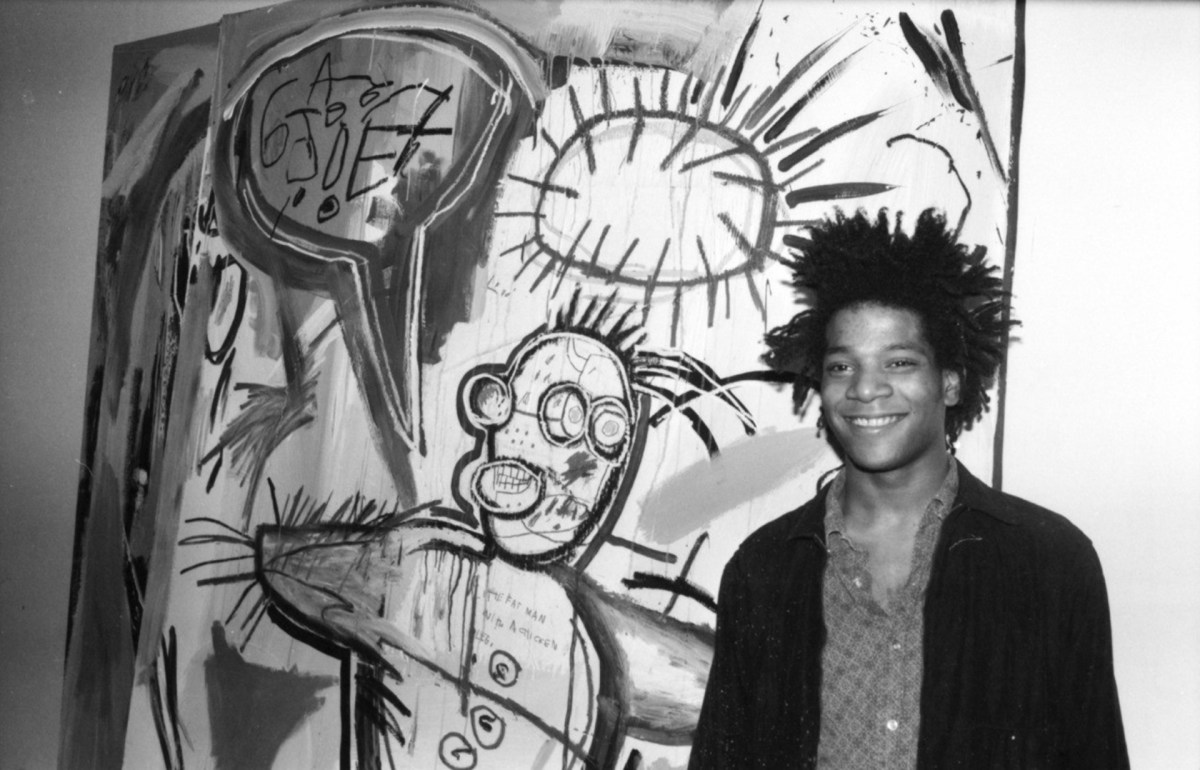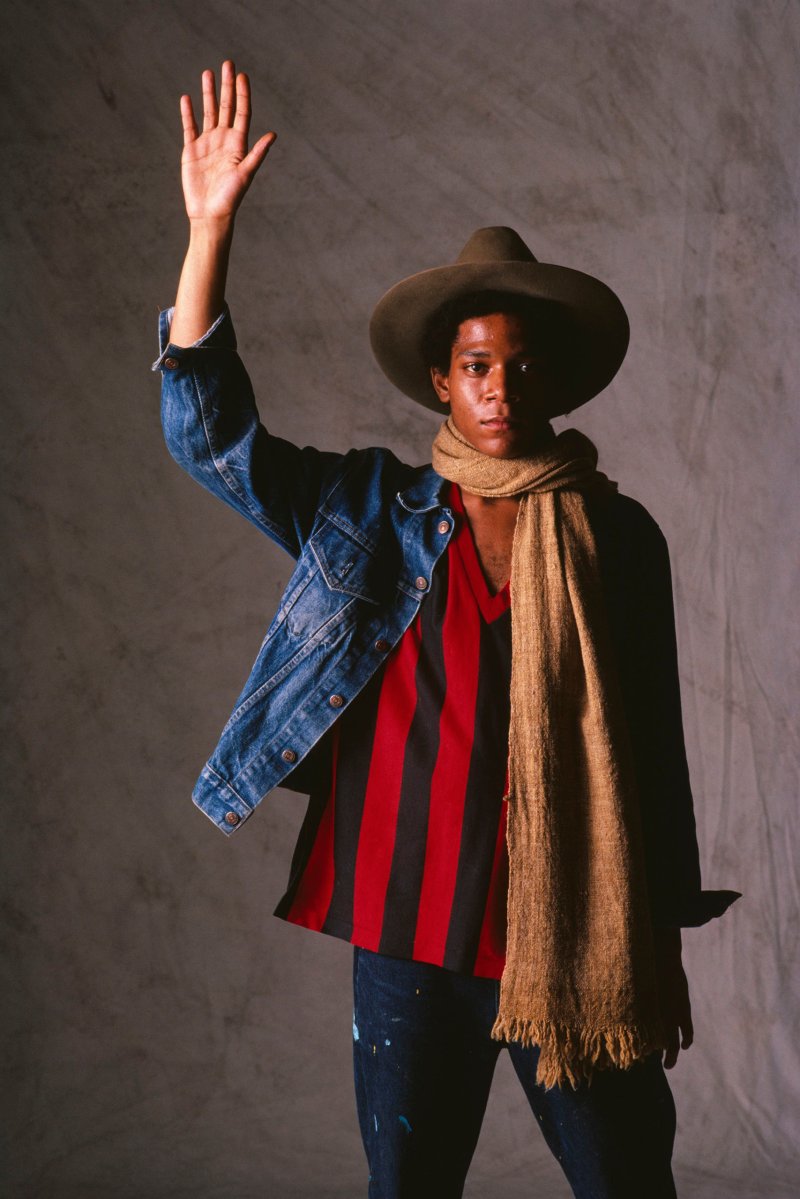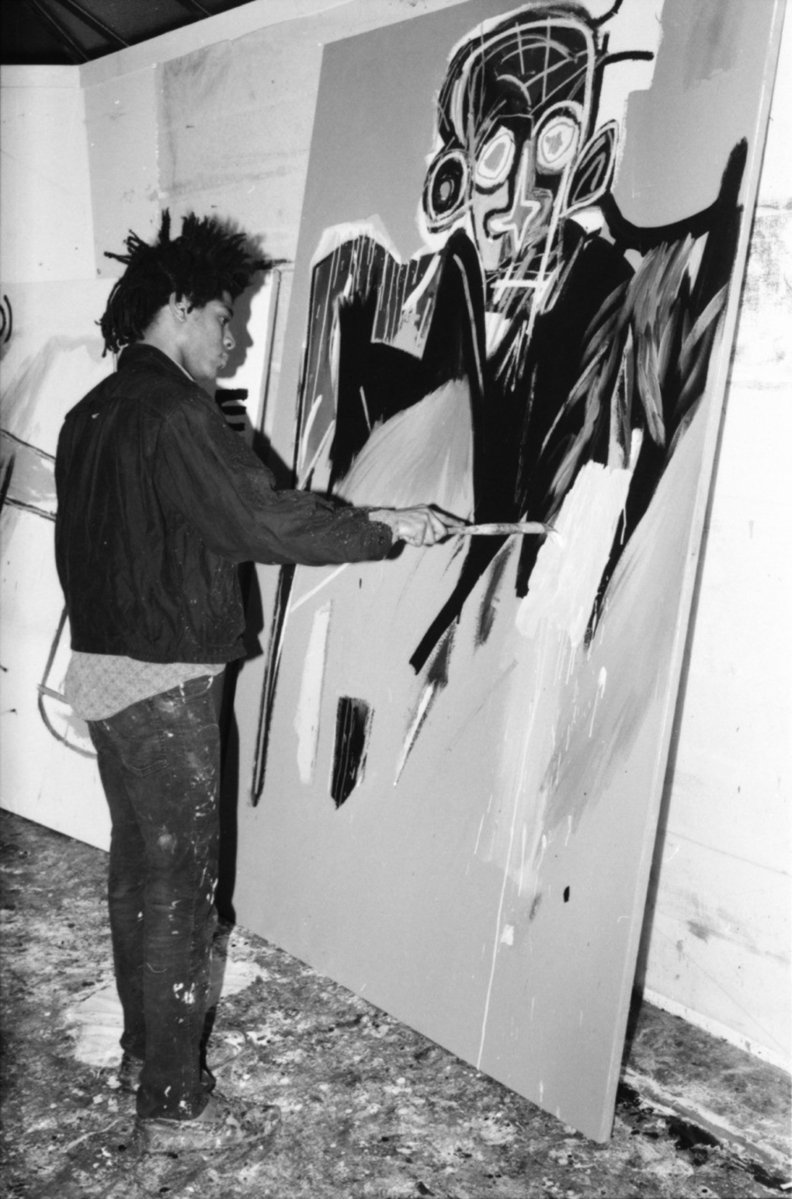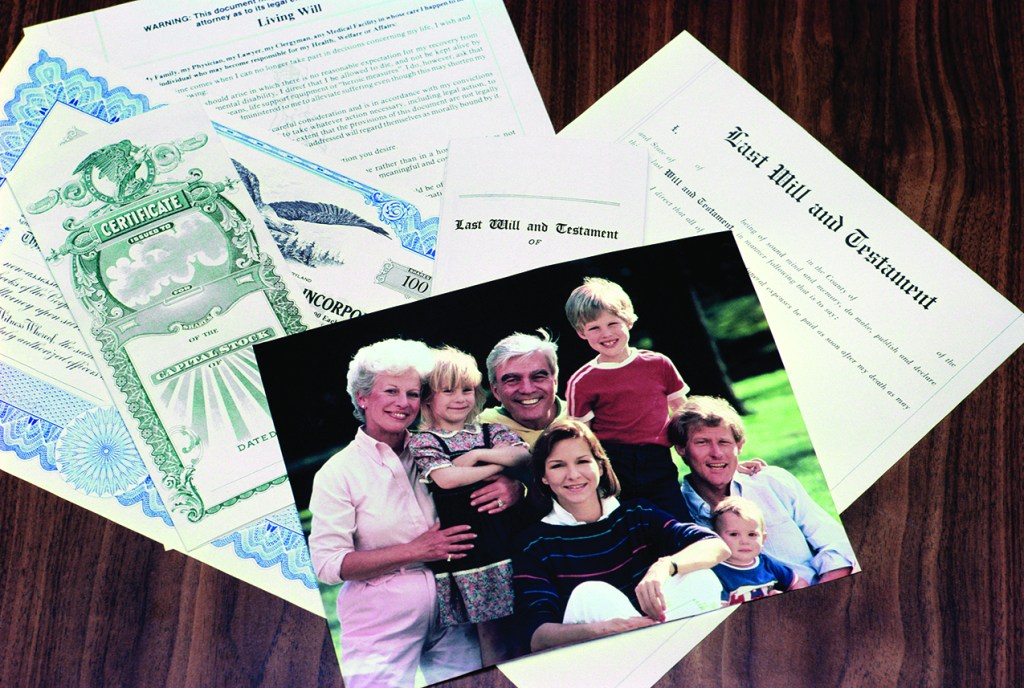Film Reflects On Artist Who Helped Define An Era
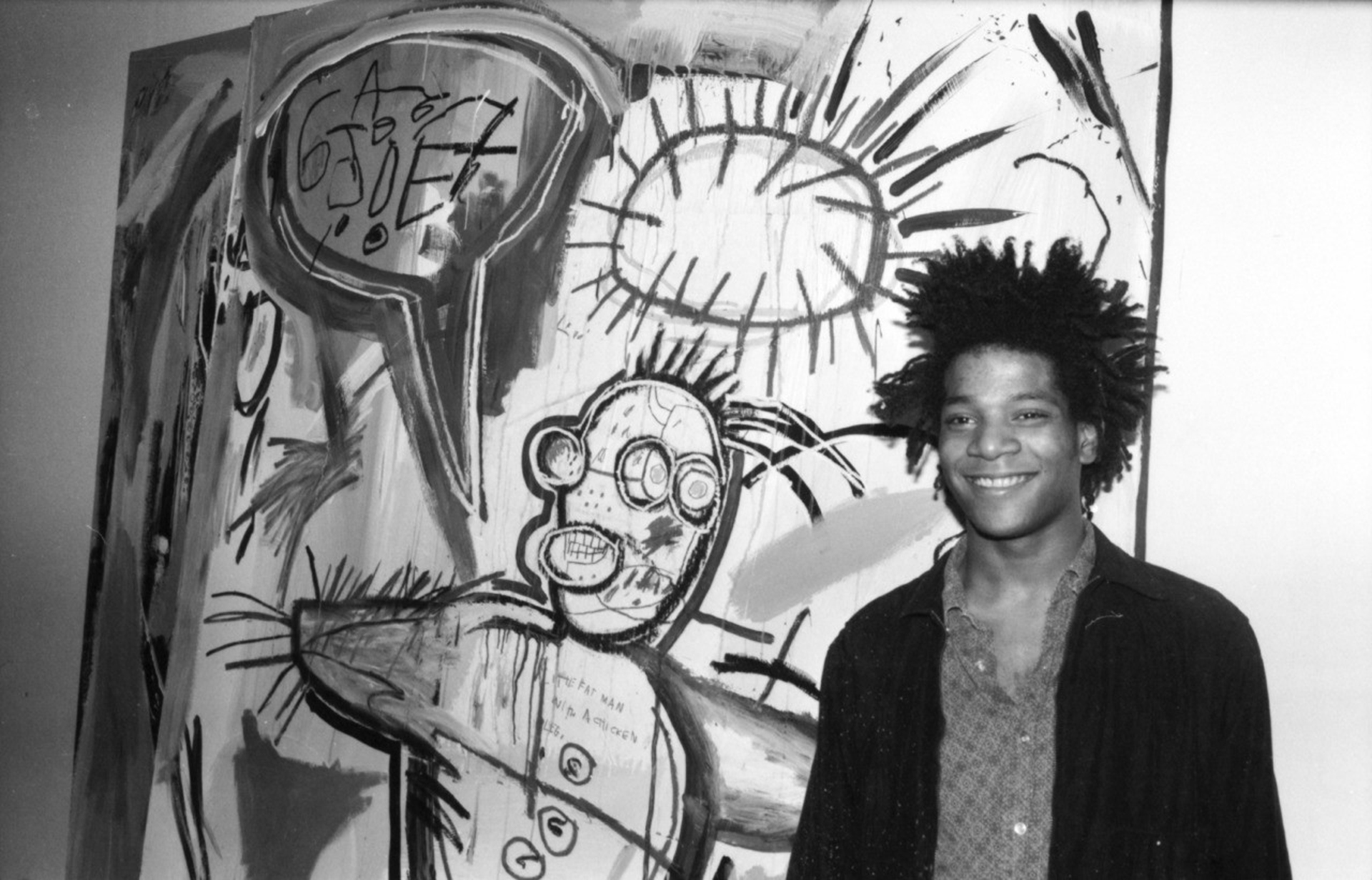
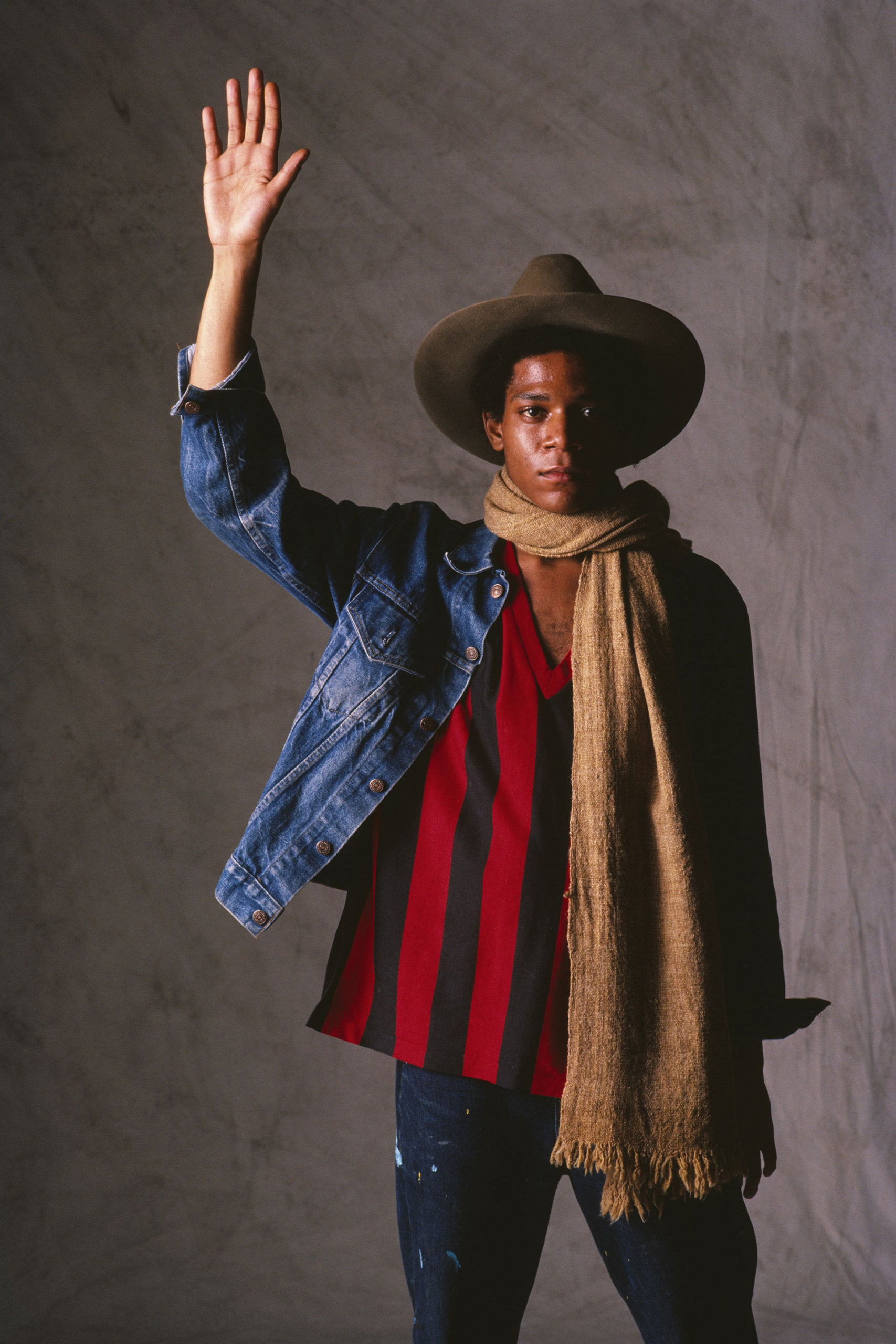
Jean-Michel Basquiat was an influential American artist in the early 1980s during the Neo-Expressionism art movement. He quickly rose to fame from his beginnings as a graffiti artist known as SAMO during the New York modern art era, a time when artists were celebrities and celebrated in nightclubs and downtown galleries. His life seemed to be extinguished in an instant when he died at the age of 27.
As part of The Artist’s Lens series, co-presented with Hamptons Doc Fest, and in honor of Black History Month, the Parrish Art Museum will screen the film “American Masters — Basquiat: Rage to Riches” on Friday, February 22, at 6 PM, followed by a talk with photographer Michael Halsband and senior curator Corinne Erni. The 90-minute documentary, produced by David Shulman, shows interviews with Basquiat’s relatives, former colleagues, intimate friends, and lovers. The event celebrates the life of the artist; 2018 marked 30 years since his death.
The film was released in 2017, only months after a Basquiat painting told for $110.5 million at Sotheby’s in New York. “I think he’s one of the most significant artists in contemporary history,” said Erni. Basquiat, as a young black artist, she added, “changed the narrative in the way he painted. The art world was very white male dominated at the time. It becomes pretty clear that, although a lot of people think Andy Warhol made Basquiat, Basquiat enjoyed a lot of success before he met Warhol. I think the film is a great way to change that narrative.”
Halsband, who is also featured in the film, famously photographed Andy Warhol and Basquiat wearing Everlast boxing gloves. “I thought it was fun and cool. I wasn’t a conceptual photographer, so I was fine to contribute the spontaneity to it. Basquiat had that imagery in his work and saw the irony in that, the kind of iconic play,” Halsband explained. He met Warhol back in 1978 and met Basquiat in 1985 during a group portrait for the famous ’80s nightclub Area.
The two iconic artists were at ease with each other throughout the July 1985 photo shoot, Halsband recalled. “It went for about an hour and I exposed 15 rolls of film. From those images we used two for the gallery poster and one, which is the one where Andy is knocking out Jean-Michel, which he completely staged, was used at the after party for the show,” he said. For this iconic image, Halsband explained, “Jean-Michel laid his hand on Andy’s gloves and made the expression of being punched in the face. While he was setting it up, I was taking pictures and realized what he wanted. I then tilted the camera, created the exposure and set the image.”
The friendship between Halsband and Basquiat developed quickly from there. Halsband said he was looking through the photographs he took at Basquiat’s studio, when the young artist invited him to join him in Paris with Eric Goode, one of the owners of Area. They arrived in France on Bastille Day and, from there, Halsband and Basquiat traveled Europe together for about a month.
“Our friendship was closer than most people. We traveled together, shared hotels, ate many meals together,” said Halsband. A year later, the two began to drift apart, he said.
On August 12, 1988, Halsband received a call at his Water Mill home that Basquiat had died in his New York City studio. The cause of death was later determined to be a drug overdose. “I felt very removed. I felt like I dropped the ball, like I should have been more sensitive or alert in that moment where there was a chance to save him or deal with it more immediately. It was shocking. There was this opportunity, many times, to reach out and try and help him. But he was hard to connect with and communicate with throughout that time,” said Halsband.
For more information on Halsband, log onto www.michaelhalsband.com or visit www.parrishart.org for information about this and other events in The Artist’s Lens series.
nicole@indyeastend.com
